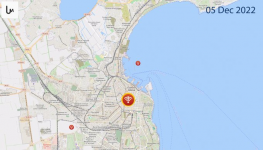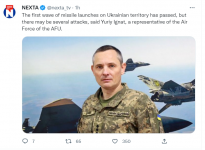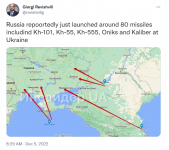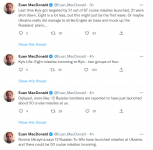Hummm......
Posted for fair use.....
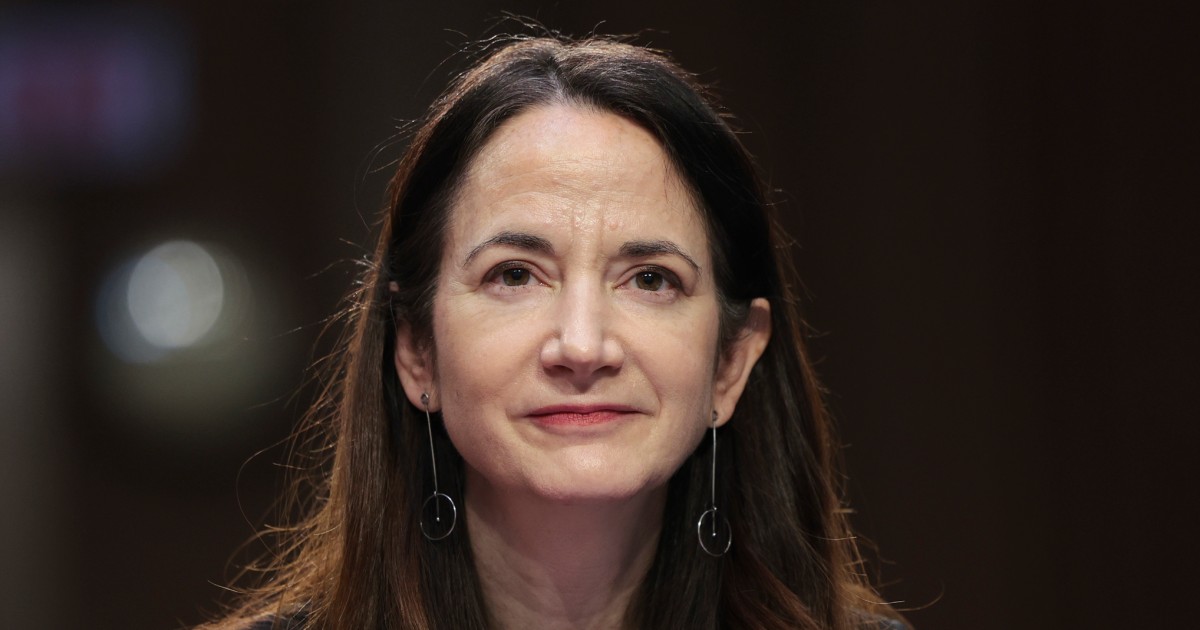
 www.nbcnews.com
www.nbcnews.com
Dec. 3, 2022, 5:37 PM PST
By Dan De Luce
Russian forces in Ukraine are burning through ammunition faster than the country’s defense industry can replace it, U.S. National Intelligence Director Avril Haines said Saturday.
Russia is using up ammunition “quite quickly,” prompting Moscow to look to other countries for help, including North Korea, Haines told NBC News’ Andrea Mitchell at a panel at the Reagan Defense Forum in Simi Valley, California.
Asked how fast Russia was using up ammunition, Haines said: “I don’t think I can give you precise numbers in this forum. But quite quickly. I mean, it’s really pretty extraordinary.”
She added: “And our own sense is that they are not capable of indigenously producing what they are expending at this stage.
So that is going to be a challenge.”
The Pentagon said last month that Russia is firing off a staggering 20,000 artillery rounds a day, even as it has suffered a series of setbacks on the battlefield. Echoing previous statements from Biden administration officials, Haines said that Russia was using up precision munitions even faster than its conventional ammunition.
The Biden administration previously said Russia has turned to North Korea to secure more supplies of artillery ammunition. Haines said that the extent of North Korea’s assistance appeared limited but that it was something the intelligence community would continue to monitor closely.
“We’ve indicated we’ve seen some movement, but it’s not been a lot at this stage,” she said of North Korea’s role.
The looming shortage of ammunition was just one of a number of challenges facing Russia’s military, Haines said, citing problems with morale and logistics as well.
The intelligence chief said that the tempo of the war in Ukraine appeared to be slowing down with the onset of winter and that both militaries would be trying to reset and regroup for more fighting in the spring. But she said the intelligence community had a “fair amount of skepticism” that Russian forces would be sufficiently prepared for renewed clashes in March.
Russian President Vladimir Putin was “surprised” at his military’s disappointing performance after its invasion of Ukraine in February, according to Haines.
“I do think he is becoming more informed of the challenges that the military faces in Russia. But it’s still not clear to us that he has a full picture at this stage of just how challenged they are,” Haines said.
Putin has not changed his political objective to effectively control Ukraine, but it is unclear whether he would accept scaled back military ambitions, Haines said.
“I think our analysts would say he may be willing to do that on a temporary basis with the idea that he might then come back at this issue at a later time,” she said.
Although recent protests pose no serious challenge to Putin’s grip on power, criticism of the conduct of the war inside Russia has been on the rise from political figures, and that could influence his decision making on the conflict, according to Haines.
She also said Chinese President Xi Jinping’s recent warnings against the use of nuclear weapons would be important for Putin.
“I think it is fair to say, from our perspective, that Xi’s voice on this is going to be, obviously, among the most compelling to Putin on this issue,” Haines said.
China and Tik-Tok
As for recent protests in China over Covid-19 quarantine rules, Haines said the public displays of anger did not pose a risk to overall stability or the survival of the regime. But she said, “How it develops will be important for Xi’s standing.”
The widespread protests contradicted the Chinese government’s narrative about how the country functions more smoothly than more chaotic democracies, and the Covid-19 restrictions had negatively affected the Chinese economy, Haines said.
Despite the challenges in having to balance containing the virus, addressing public anger over quarantine protocols and ensuring economic growth, Xi has been “unwilling to take a better vaccine from the west,” she said.
The U.S. intelligence director, the first woman to hold the job, also said there were good reasons to be concerned about Chinese-owned Tik-Tok.
Asked whether parents should be worried about their children using the popular video platform, Haines said: “I think you should be.”
China is developing frameworks for collecting foreign data and had the capacity to “turn that around and use it to target audiences for information campaigns or for other things, but also to have it for the future so that they can use it for a variety of means that they’re interested in,” Haines said.
FBI Director Christopher Wray recently warned that he had serious concerns about Tik-Tok, saying that the Chinese government could use it to collect data on millions of users or to control the recommendation algorithm, which could be used to intentionally sway public opinion.
Haines said that more than two months of women-led protests in Iran were “remarkable” but that the Iranian regime did not see the unrest as posing an imminent threat to staying in power. However, the deteriorating economy and the protests over time could fuel unrest and instability, she said.
The Iranian Revolutionary Guard and Iran’s intelligence services have adopted an “extraordinarily aggressive” stance targeting critics both at home and abroad, according to Haines.
Haines’s office is overseeing an assessment of the potential risk to national security from the disclosure of documents taken from former President Donald Trump’s home in Mar-a-Lago. But she and other intelligence officials have declined to comment on the case, which is a Justice Department investigation.
NBC News’ Mitchell asked Haines what would happen if an intelligence officer removed classified documents and then resisted handing them back.
After a long pause, Haines laughed and said: “Please don’t do this!”
Posted for fair use.....

U.S. intel chief says Russia is using up ammunition in Ukraine faster than it can replace it
Putin has been “surprised” at the lackluster performance of his military but his political objectives for the war have not changed, the intelligence director said
U.S. intel chief says Russia is using up ammunition in Ukraine faster than it can replace it
Putin has been “surprised” at the lackluster performance of his military but his political objectives for the war have not changed, the intelligence director saidDec. 3, 2022, 5:37 PM PST
By Dan De Luce
Russian forces in Ukraine are burning through ammunition faster than the country’s defense industry can replace it, U.S. National Intelligence Director Avril Haines said Saturday.
Russia is using up ammunition “quite quickly,” prompting Moscow to look to other countries for help, including North Korea, Haines told NBC News’ Andrea Mitchell at a panel at the Reagan Defense Forum in Simi Valley, California.
Asked how fast Russia was using up ammunition, Haines said: “I don’t think I can give you precise numbers in this forum. But quite quickly. I mean, it’s really pretty extraordinary.”
She added: “And our own sense is that they are not capable of indigenously producing what they are expending at this stage.
So that is going to be a challenge.”
The Pentagon said last month that Russia is firing off a staggering 20,000 artillery rounds a day, even as it has suffered a series of setbacks on the battlefield. Echoing previous statements from Biden administration officials, Haines said that Russia was using up precision munitions even faster than its conventional ammunition.
The Biden administration previously said Russia has turned to North Korea to secure more supplies of artillery ammunition. Haines said that the extent of North Korea’s assistance appeared limited but that it was something the intelligence community would continue to monitor closely.
“We’ve indicated we’ve seen some movement, but it’s not been a lot at this stage,” she said of North Korea’s role.
The looming shortage of ammunition was just one of a number of challenges facing Russia’s military, Haines said, citing problems with morale and logistics as well.
The intelligence chief said that the tempo of the war in Ukraine appeared to be slowing down with the onset of winter and that both militaries would be trying to reset and regroup for more fighting in the spring. But she said the intelligence community had a “fair amount of skepticism” that Russian forces would be sufficiently prepared for renewed clashes in March.
Russian President Vladimir Putin was “surprised” at his military’s disappointing performance after its invasion of Ukraine in February, according to Haines.
“I do think he is becoming more informed of the challenges that the military faces in Russia. But it’s still not clear to us that he has a full picture at this stage of just how challenged they are,” Haines said.
Putin has not changed his political objective to effectively control Ukraine, but it is unclear whether he would accept scaled back military ambitions, Haines said.
“I think our analysts would say he may be willing to do that on a temporary basis with the idea that he might then come back at this issue at a later time,” she said.
Although recent protests pose no serious challenge to Putin’s grip on power, criticism of the conduct of the war inside Russia has been on the rise from political figures, and that could influence his decision making on the conflict, according to Haines.
She also said Chinese President Xi Jinping’s recent warnings against the use of nuclear weapons would be important for Putin.
“I think it is fair to say, from our perspective, that Xi’s voice on this is going to be, obviously, among the most compelling to Putin on this issue,” Haines said.
China and Tik-Tok
As for recent protests in China over Covid-19 quarantine rules, Haines said the public displays of anger did not pose a risk to overall stability or the survival of the regime. But she said, “How it develops will be important for Xi’s standing.”
The widespread protests contradicted the Chinese government’s narrative about how the country functions more smoothly than more chaotic democracies, and the Covid-19 restrictions had negatively affected the Chinese economy, Haines said.
Despite the challenges in having to balance containing the virus, addressing public anger over quarantine protocols and ensuring economic growth, Xi has been “unwilling to take a better vaccine from the west,” she said.
The U.S. intelligence director, the first woman to hold the job, also said there were good reasons to be concerned about Chinese-owned Tik-Tok.
Asked whether parents should be worried about their children using the popular video platform, Haines said: “I think you should be.”
China is developing frameworks for collecting foreign data and had the capacity to “turn that around and use it to target audiences for information campaigns or for other things, but also to have it for the future so that they can use it for a variety of means that they’re interested in,” Haines said.
FBI Director Christopher Wray recently warned that he had serious concerns about Tik-Tok, saying that the Chinese government could use it to collect data on millions of users or to control the recommendation algorithm, which could be used to intentionally sway public opinion.
Haines said that more than two months of women-led protests in Iran were “remarkable” but that the Iranian regime did not see the unrest as posing an imminent threat to staying in power. However, the deteriorating economy and the protests over time could fuel unrest and instability, she said.
The Iranian Revolutionary Guard and Iran’s intelligence services have adopted an “extraordinarily aggressive” stance targeting critics both at home and abroad, according to Haines.
Haines’s office is overseeing an assessment of the potential risk to national security from the disclosure of documents taken from former President Donald Trump’s home in Mar-a-Lago. But she and other intelligence officials have declined to comment on the case, which is a Justice Department investigation.
NBC News’ Mitchell asked Haines what would happen if an intelligence officer removed classified documents and then resisted handing them back.
After a long pause, Haines laughed and said: “Please don’t do this!”

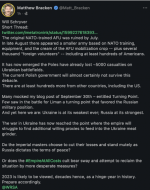
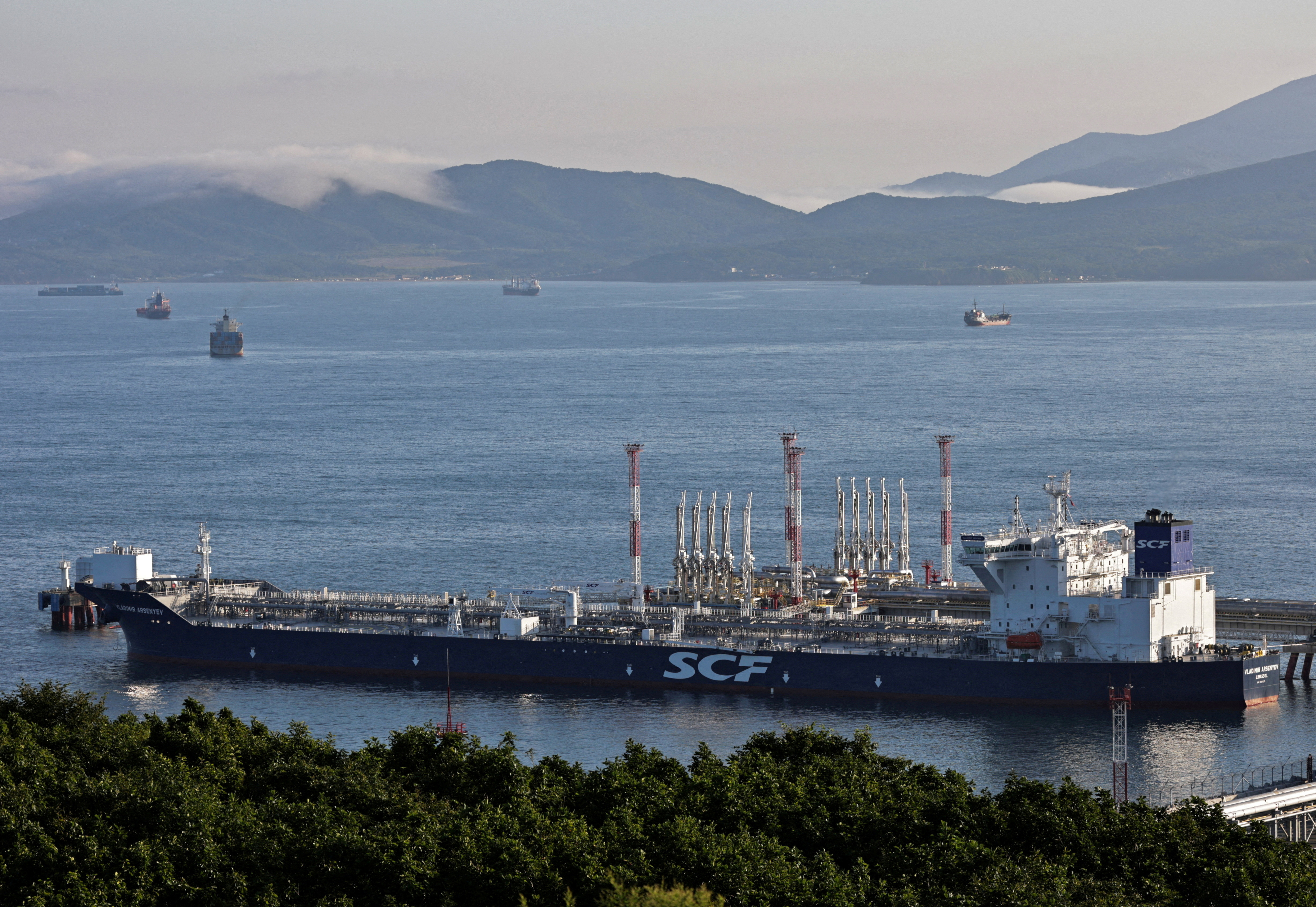
/cloudfront-us-east-2.images.arcpublishing.com/reuters/5JC54N622FJ2PFTMADB7RLEZCE.jpg)








